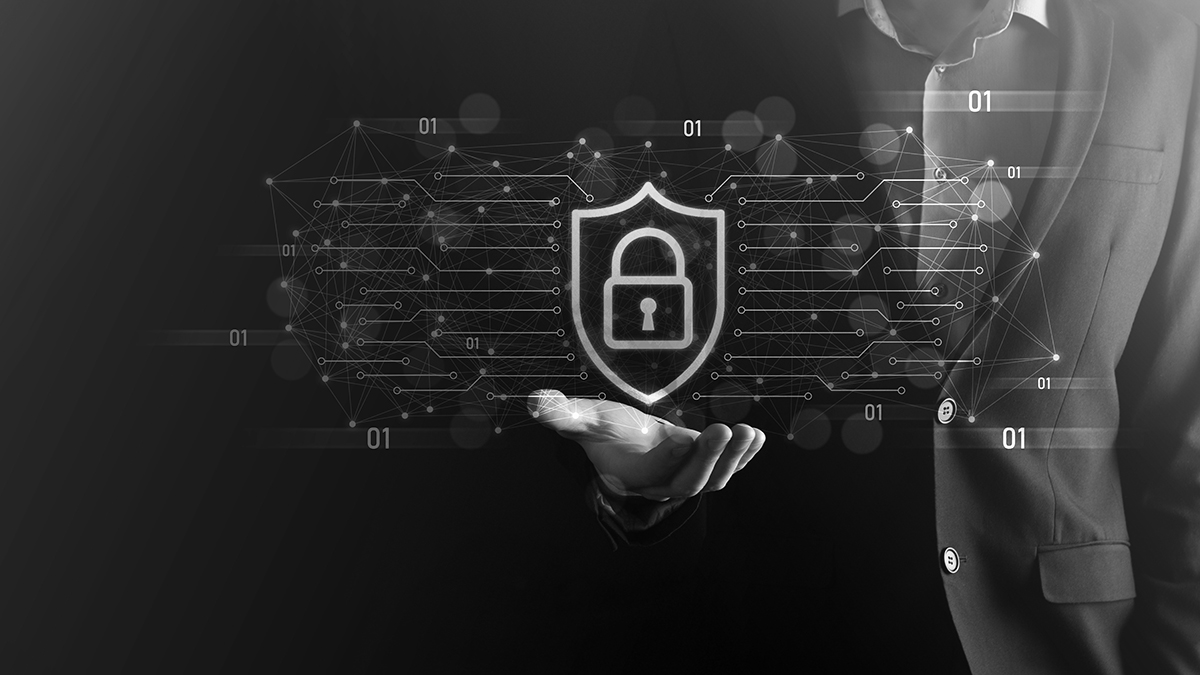
Ransomware has become more than a threat—it's a calculated assault on industries, wielding AI-driven precision to bypass traditional defenses. Attackers adapt faster than ever, turning cybersecurity into a high-stakes race where falling behind isn't an option.
As we step into 2025, organizations face an urgent need to outthink and outmaneuver these evolving adversarial attacks. The best way to combat the threat is to dive into cutting-edge techniques for ransomware evasion and the strategies needed to stay one step ahead.
The State of Ransomware in 2024
2024 marked a turning point in the battle against ransomware, as attackers escalated their operations to unprecedented levels. Ransomware incidents surged, targeting all industries with increasing precision and ferocity.
The year revealed not just the scale of the threat but also the evolution of tactics that rendered traditional defenses inadequate. A closer look at the numbers and trends underscores the critical need for innovative and resilient cybersecurity measures.
- Increased attack frequency: Over 2,500 ransomware attacks were publicly reported in the first half of 2024 alone, averaging more than 14 attacks daily. This is closely connected to the proliferation of AI tools, improved deepfake technology, and more readily available nefarious software;
- Emergence of new threat actors: The ransomware landscape in 2024 saw the addition of 33 new or rebranded threat actors in 2024, contributing to a total of 75 active groups.
- Sector-specific impacts: The healthcare sector endured a particularly high number of ransomware incidents, with recovery rates significantly delayed compared to 2023, as well as the most expensive recovery processes, costing an average of $9.77 million per incident
- Financial impact: Total global ransomware payouts exceeded $1 billion, underlining the economic burden of these attacks. In particular, IoT attacks are expected to double in 2025 and be much more costly.
These trends highlight the growing sophistication and scale of ransomware threats, necessitating enhanced defensive measures and vigilance.
How to Evade Ransomware in 2025
While every new ransomware strain is different, even if that difference is slight, several techniques have proven themselves efficient in making systems ransomware-resistant and ready for 2025:
Proactive Threat Intelligence
Proactive threat intelligence involves the continuous collection, analysis, and application of data related to emerging ransomware variants and tactics. Advanced platforms powered by AI and ML can aggregate data from global threat feeds, analyze malware behaviors, and predict attacker strategies.
For example, threat-sharing platforms like the Information Sharing and Analysis Centers (ISACs) enable organizations to share ransomware indicators of compromise (IOCs) in real-time, accelerating collective defense mechanisms.
This intelligence also feeds into IDS and EDR tools, enabling them to refine detection algorithms dynamically and anticipate attackers' movements, reducing response time.
Behavioral Analysis Tools
Behavioral analysis tools are essential in identifying ransomware that avoids signature-based detection. These tools leverage machine learning to establish baseline behaviors for users and systems.
When anomalies occur, such as an unusual spike in file access requests, abnormal privilege escalation attempts, or large-scale data exfiltration, these tools trigger alerts. For instance, if a privileged account suddenly accesses encrypted files outside of normal working hours, the system can isolate the activity and initiate an investigation.
Advanced behavioral analytics platforms integrate seamlessly with Security Information and Event Management (SIEM) systems to provide actionable insights, making real-time threat neutralization possible.
Network Segmentation and Micro-Segmentation
Traditional network segmentation divides a network into distinct partitions to contain potential infections. Micro-segmentation takes this approach further by implementing granular security policies for individual workloads and applications.
For example, each application within a cloud infrastructure can have its own dedicated firewall rules, ensuring that even if one application is compromised, lateral movement is prevented.
This approach often employs Software defined Networks (SDN), despite being occasionally vulnerable on its own, and identity-based access controls to dynamically restrict communications between different parts of the network. The integration of micro-segmentation with zero trust principles ensures that every packet, even within the same segment, is inspected and verified.
Deception Technology
Deception technology creates an environment designed to confuse and delay ransomware attackers while gathering valuable intelligence. Using decoys such as fake credentials, servers, and files, organizations can redirect ransomware into a controlled environment.
Advanced deception platforms use dynamic decoys that mimic real assets, making them indistinguishable from legitimate resources. When attackers interact with these decoys, their techniques and payloads are logged for analysis.
For example, deploying honeytokens—fake credentials that trigger alerts when used—can reveal an attacker's presence and intent early in the attack lifecycle.
Memory-Based Detection for Fileless Attacks
Fileless ransomware resides exclusively in volatile memory, bypassing traditional disk-based detection mechanisms. Memory-based detection tools monitor RAM for suspicious activities such as unauthorized process injections, DLL sideloading, or irregular API calls.
When it comes to serverless environments, it's best to use RASP to integrate directly into application runtime environments, preventing malicious code from executing.
For instance, RASP can detect and block attempts to exploit a web application's memory buffers in real time, neutralizing threats before they escalate. Memory forensics tools are also critical in post-incident analysis, capturing snapshots of RAM to trace the origins and behaviors of fileless attacks.
Securing Command-and-Control Communications
Command-and-control (C2) communication channels are critical for ransomware operators to issue commands, exfiltrate data, and update malware.
To counteract these, organizations should deploy DNS filtering to block domains associated with known ransomware operations and use deep packet inspection (DPI) to analyze encrypted traffic for anomalies.
Machine learning models can identify patterns in traffic that deviate from normal behaviors, such as unusual HTTPS connections or bursts of DNS requests to rare domains. Advanced C2 disruption strategies include sinkholing, where known malicious domains are redirected to safe servers controlled by defenders, cutting off attackers from their payloads.
Zero Trust Frameworks
Zero trust frameworks operate on the principle of "never trust, always verify." In practice, this means that no user, device, or application is granted access without continuous authentication and authorization.
Contrary to the current standard practice of concealment, the focus should be on bolstering Wi-Fi security and sharing it amongst manufacturers. If consumers are protected, only then can cybersecurity experts work on more elaborate, long-term solutions.
Similarly, MFA adds an additional layer of verification, while adaptive access policies dynamically adjust permissions based on user behavior and context. For example, a login attempt from an unfamiliar IP address would trigger additional verification steps or block access outright. If malicious access causes a breach, it will be highly contained.
Conclusion
The evolution of ransomware underscores the need for constant vigilance and innovation in cybersecurity practices. With attackers refining their techniques, defenders must stay ahead by leveraging advanced tools, fostering a culture of security awareness, and adopting adaptive strategies.
If your team is empowered with the right guidance, resources, and planning, your organization will withstand breach attempts from even the most malicious of actors.
Editor's Note: The opinions expressed in this and other guest author articles are solely those of the contributor and do not necessarily reflect those of Tripwire.
